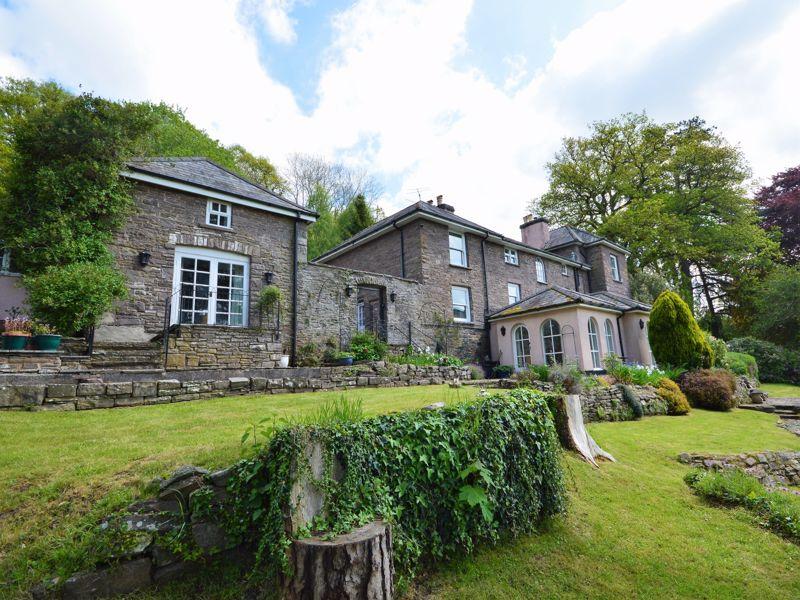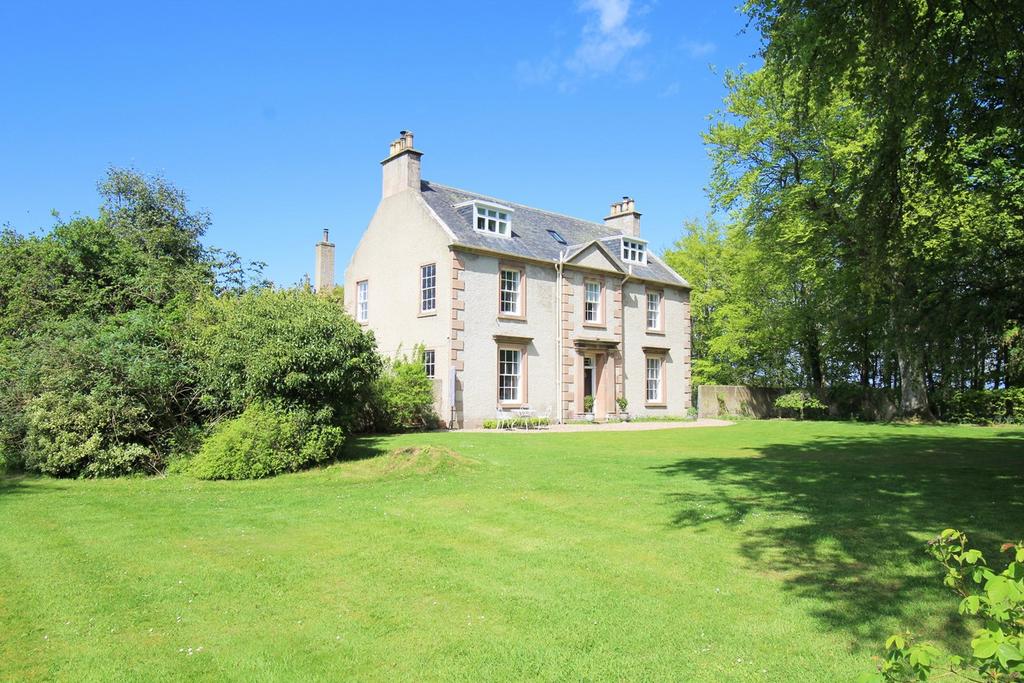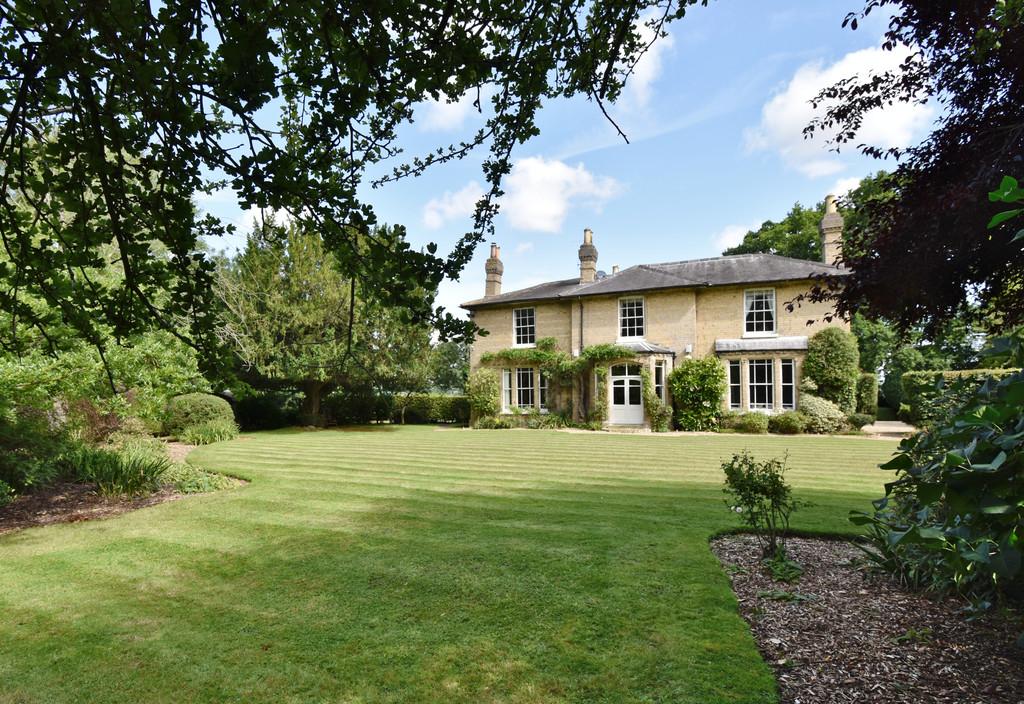The top 10 property hotspots in Britain that have defied the market to keep rising in 2023
House prices have fallen nationally over the last year. But more than 70 areas have bucked the trend, with values rising by up to 17%, says Halifax. Can you guess which locations top the ranking?


There’s little doubt that economic headwinds have taken their toll on the housing market recently. Average UK house prices have dropped by 3.9% over the last year. In fact, annual property values have fallen in every nation and region over the last 12 months, ranging from -5.7% in the south east to -0.2% in Northern Ireland, according to Halifax.
But more than 70 areas have actually defied the big-picture downturn, with rising house prices during 2023. So is yours one of them?
The top 10 hotspots
Powys in Wales was crowned the number one hotspot for house price growth, with values jumping by 17.4% (£37,651). The largest and least crowded county in Wales, Powys is home to (most of) the Brecon Beacons National Park.

Next up is East Lindsey in Lincolnshire, where house prices climbed by 13.3% (£25,888) over the last year. It boasts the Lincolnshire Wolds, an Area of Outstanding Natural Beauty, as well as award-winning Blue Flag beaches.
And Moray in Scotland comes in third place, with property values rising by 10.7% (£17,347). This largely rural area is where you’ll find top golf courses, many whisky distilleries, the Cairngorms National Park, and bottlenose dolphins in the Moray Firth.

Babergh in the east of England, Sunderland in the north east, Ealing and Westminster (both in London), Bolsover in the East Midlands, and Cumberland and Rossendale (both in the north west), also make it into the top 10.
| Local authority | Nation/region | House price Q3 2022 | House price Q3 2023 | Annual % change | Annual £ change |
| Powys | Wales | £216,307 | £253,958 | 17.40% | £37,651 |
| East Lindsey | East Midlands | £194,533 | £220,421 | 13.30% | £25,888 |
| Moray | Scotland | £162,258 | £179,606 | 10.70% | £17,347 |
| Babergh | Eastern England | £317,383 | £349,965 | 10.30% | £32,583 |
| Sunderland | North East | £138,579 | £150,862 | 8.90% | £12,283 |
| Ealing | London | £494,100 | £531,127 | 7.50% | £37,027 |
| Westminster / City of London | London | £714,242 | £767,350 | 7.40% | £53,108 |
| Bolsover | East Midlands | £167,398 | £179,453 | 7.20% | £12,054 |
| Cumberland | North West | £165,346 | £176,470 | 6.70% | £11,124 |
| Rossendale | North West | £185,658 | £198,102 | 6.70% | £12,444 |
Halifax compiled the ranking by studying property values in more than 300 local authorities across Britain in the three months up to September, and comparing them with figures from the same time period last year. The mortgage lender’s analysis is based on data from its own house price index.
Exquisite houses, the beauty of Nature, and how to get the most from your life, straight to your inbox.
Beauty spots 'continue to be desirable'
So what has pushed Powys, East Lindsey, and Moray to the top of the league? The key theme seems to be their remote, scenic landscapes.
Kim Kinnaird, director at Halifax Mortgages, notes: ‘Many of the places highlighted in our research benefit from more remote or rural surroundings and incorporate areas of outstanding natural beauty. These are traits which continue to be desirable for prospective homeowners, bucking the trend of the wider performance of the housing market.'

Of course, there are multiple factors that can impact local house prices, ranging from the mix of homes available, to the quality of schools, says Kinnaird.
‘What’s clear is that the UK housing market is not a single-entity that performs in a uniform way across the country, there are differences,’ she explains.
‘While at a national level the current squeeze on mortgage affordability has seen property prices fall over the last year, in many regions there remain pockets of house price growth. While a limited supply of properties for sale could be a factor, this also suggests in some areas, local market activity – and demand among buyers – remains strong.’
Tom Bill, head of UK residential research at Knight Frank, says that more affordable parts of the country are gradually closing the house price gap with London, where affordability is at its most stretched. He expects the gap to get narrower without closing as buyers look beyond the capital for better value for money.
But Bill has a word of warning for anyone interpreting house prices right now: ‘The more important point…is that fewer transactions can distort the data. The underlying health of the housing market is not necessarily gauged by what is happening to house prices but rather transaction volumes, which are down by more than a fifth.’

